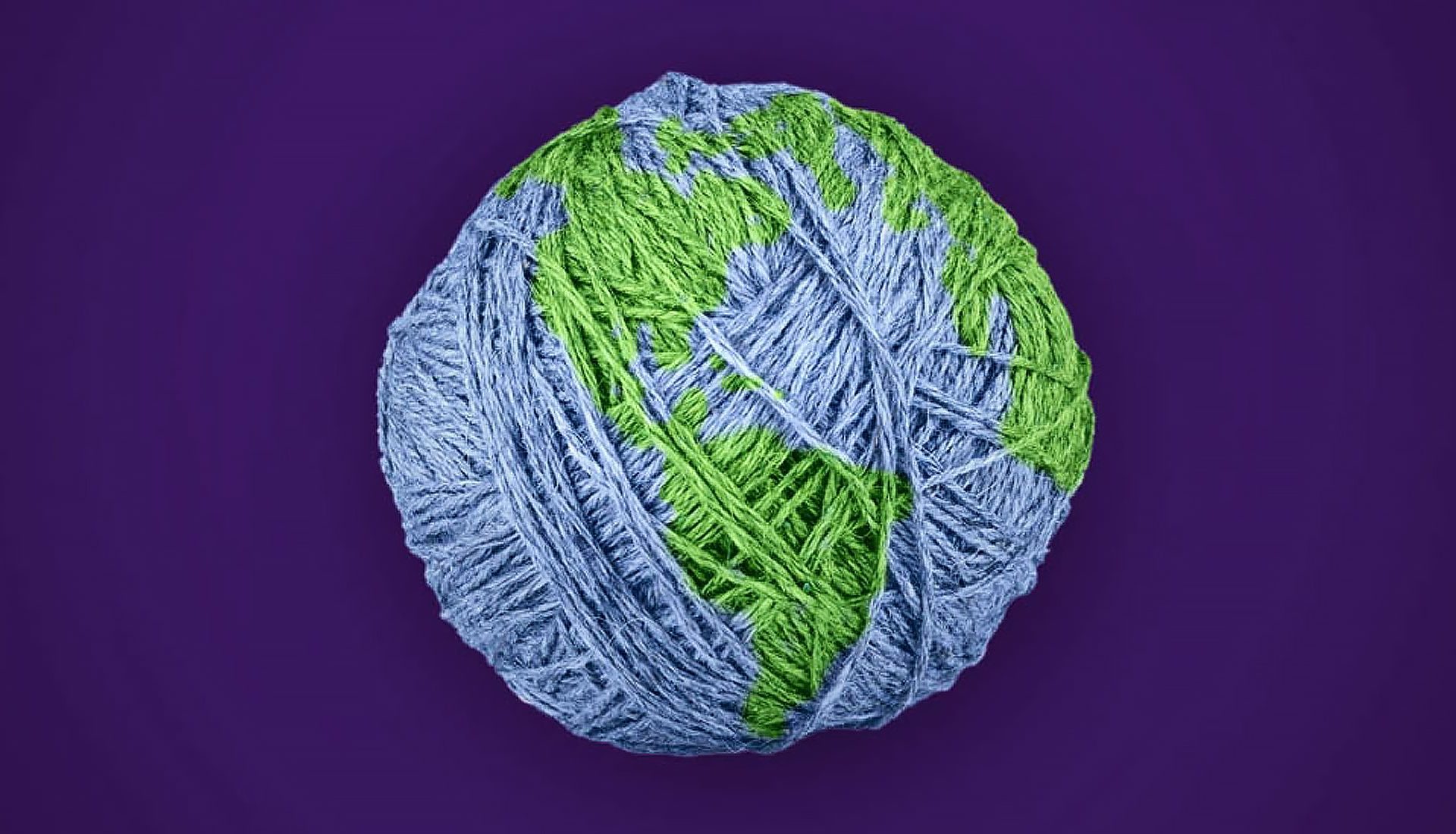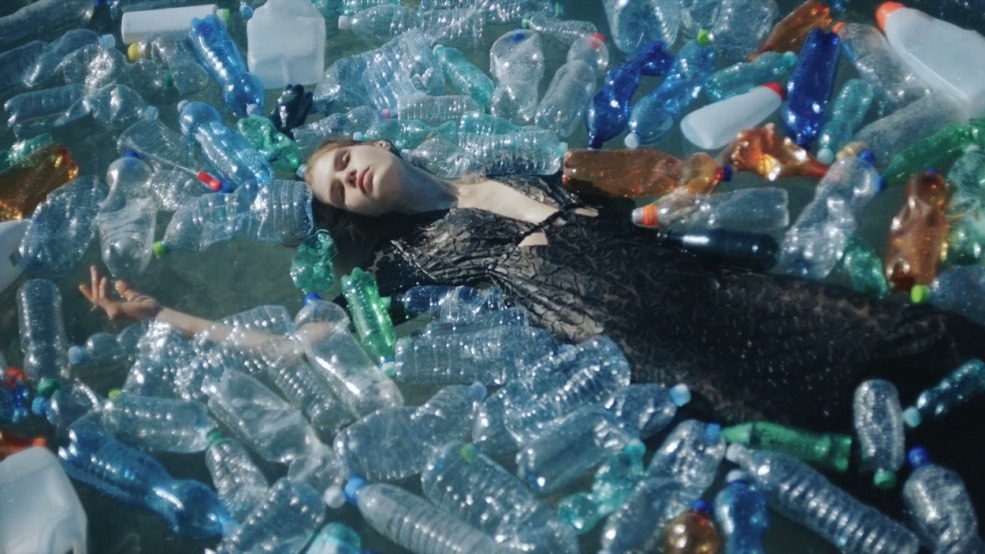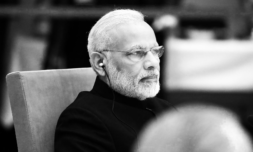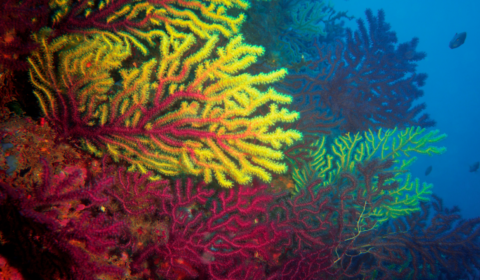CEO of luxury group Kering, François-Henri Pinault, debuted a ‘Fashion Pact’ at this year’s G7 summit that aims to reduce the environmental impact of the fashion industry.
I’m sure you know by now that the fashion industry has a sustainability problem. If you’ve somehow missed out on the details, it’s now officially the largest global consumer of water according to the UN Environment and generates ‘more greenhouse gas emissions than all international flights and maritime shipping combined.’
It’s also pretty notorious for how much waste it produces – one garbage truck every minute to be exact. Unbelievable, right? Given the scale of the problem it’s not gone unnoticed. Several brands and designers around the world have begun to make a conscious effort to be eco-friendlier and more of us are second-hand shopping than ever before.
Stella McCartney has pushed for more sustainable practices over the years, in July Zara shared its plans to become ‘more sustainable’, and France recently announced that it would ban the burning of textile goods. It’s certainly all a huge step in the right direction for the industry.
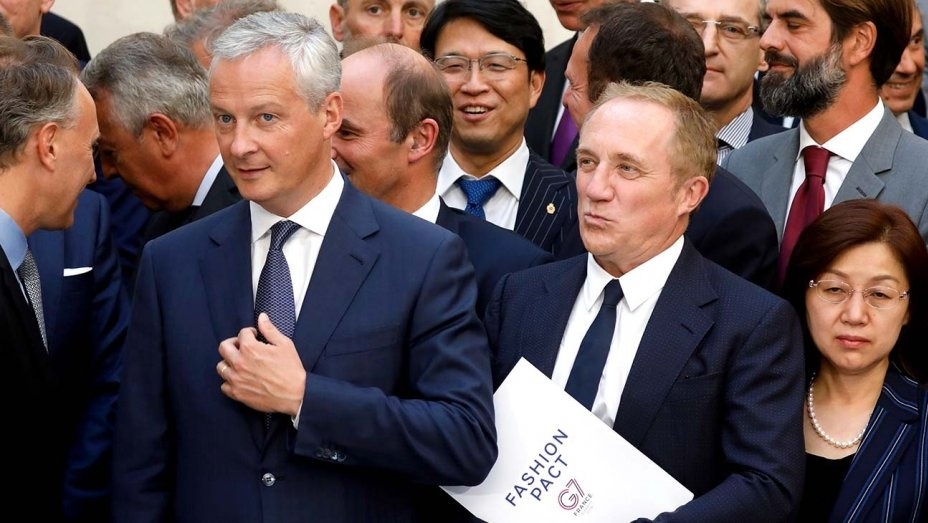

So, how’s the G7 involved?
Meeting annually to ‘exchange ideas on possible solutions’ to international crises, it makes a lot of sense that the G7 would listen to French President Emmanuel Macron’s request to confront the impact of fashion on the environment.
Alongside Pinault, who was selected to assemble a group of brands willing to get on board with a greener solution, Macron – who hosted this year’s summit – successfully presented a set of objectives that the fashion industry can work towards in order to reduce its environmental impact.
Now, 32 major companies and some 150 brands including Gucci, H&M, and Chanel (to name just a few) are joining forces to save our planet.









